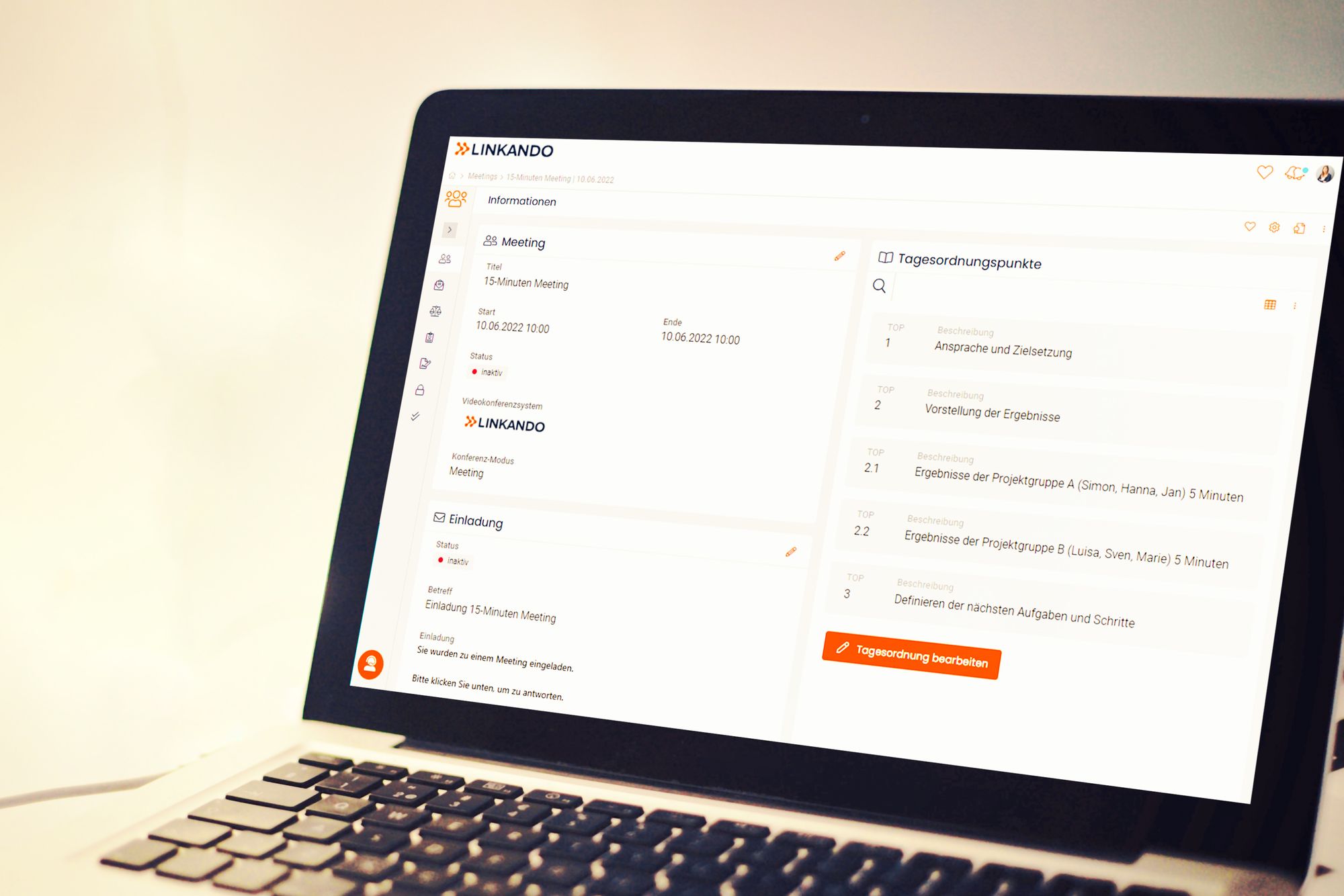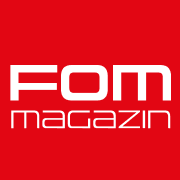If an email is not enough, a 15-minute meeting can be the right interim solution. Success stands and falls with the preparation and follow-up of the meeting.
An Editorial of the FOM Magazine
"This could have been clarified in an email." You often hear this sentence after meetings. Often, it's true! A study by the University of North Carolina found that 71 percent of managers surveyed rated meetings as inefficient and unproductive. But there's another side to the coin: Even for issues that need to be resolved quickly, meetings offer advantages.
Professor David Burkus from Oral Roberts University in Oklahoma explains that an email could often not replace a meeting. Only seven percent of all information is communicated verbally - this part could actually be sent in an email. However, the remaining 93 percent of information is in nonverbal communication, such as tone of voice, context, body language and other feedback. An email cannot reflect these communication components.
Management consultant Lara Hogan argues that the choice of communication medium depends primarily on the type of information being communicated. "Sensitive, hard-to-process or surprising information - such as a major upheaval, personnel actions or generally things that evoke emotion - is best communicated in person first," Hogan says. That way, leaders can tailor their communications to the questions or reactions in the room and choose their words, body language and tone accordingly.
An email can therefore replace parts of a meeting, but certainly not all of its components. Instead, so-called 15-minute meetings are an efficient interim solution. This is a meeting format that is perfectly suited for quick communication without having to forego the non-verbal and personal components.
What are 15-minute meetings?
The goal of a 15-minute meeting is to briefly convey information that cannot be efficiently conveyed in writing. It is explicitly not about discussing an issue in detail. 15-minute meetings are ideal for regular sales updates or quick check-ins on project progress, for example. However, when it comes to discussing a detailed project plan, a 15-minute meeting is usually not the right choice.
The time frame of 15 minutes is a hard limit. The meeting can be shorter, but not longer. If 15-minute meetings suddenly last 30 minutes, then the concept is taken ad absurdum. If certain topics require longer discussions, a follow-up meeting must be scheduled.
The role of the moderator is correspondingly important. If participants digress in their verbal contributions, moderators must intervene quickly. They should also always keep an eye on the time and bring the meeting to an end in good time. Furthermore, moderators should ensure that all participants have a chance to speak and thus have the opportunity to contribute.
Many companies have started to hold 15-minute meetings as so-called "stand-ups". Such meetings are classically held standing up, which emphasizes the short-term nature of the meeting - after all, people feel the need to sit down again promptly. Digital meetings can also be held as stand-ups without any problems.
FOM software provides the technical framework
FOM software provides some tools for 15-minute meetings. Agenda management is particularly important. Since time is limited, participants must be informed in advance in writing about the content and key discussion points of the meeting. This allows participants to adequately prepare for the meeting, which saves time. FOM software ideally provides ready-made aganda templates based on best practices and experience with 15-minute meetings.
The agenda should include the following:
- An objective meeting goal: Why is this meeting taking place? What is the goal? What work result should come out at the end of the meeting?
- Attendee list: All participants should be clear about their role in the meeting and who else is in the meeting. FOM software also provides participant directories for this purpose, which can be set up with just a few mouse clicks.
- Agenda items (TOPs): Items should be formulated as questions or tasks so that the participants can prepare for the meeting accordingly and derive the next steps. Ideally, the names of the responsible participants should also be assigned to the individual agenda items.
- Time limits: The individual TOPs should each be given a time limit. If the discussion takes further time, a follow-up meeting must be arranged.
- Questions and feedback: The agenda should encourage participants to submit questions and feedback before the meeting.
- Action Items: The last few minutes of the meeting should be spent clearly defining next steps and tasks.

The real work begins after the meeting, so follow-up is critical. FOM software creates automatic meeting minutes, which can be downloaded in a protected area by the participants.
FOM software also provides data analysis capabilities. This allows executives to see how often 15-minute meetings are held and whether they are breaking the time frame. In addition, the evaluation of meeting data provides insight into whether the shorter formats are actually replacing longer meetings and thus helping to reduce the meeting load within the organization.
The success of a 15-minute meeting stands and falls with the preparation and follow-up as well as the meeting moderation. FOM software facilitates these processes. When conducted correctly, 15-minute meetings result in time savings and efficient communication processes. This article provides comprehensive arguments why it is worthwhile to implement 15-minute meetings in your own meeting culture.







